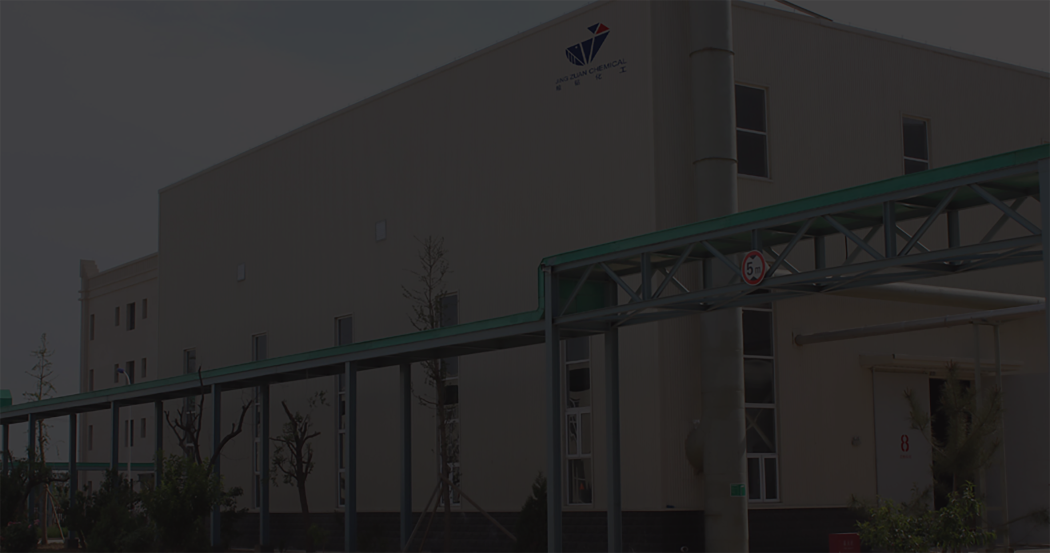
Oct . 12, 2024 15:12 Back to list
Understanding Hydroxypropyl Methyl Cellulose and Its Uses in Various Applications
Understanding Hydroxypropyl Methyl Cellulose Composition, Uses, and Benefits
Hydroxypropyl methyl cellulose (HPMC) is a semi-synthetic polymer derived from natural cellulose, which is extracted from plant fibers. This versatile compound has gained significant attention in various industries due to its unique properties and functionalities. In this article, we will explore what HPMC is, its chemical composition, common applications, and the benefits it offers.
Chemical Composition
HPMC is synthesized by modifying cellulose, a polysaccharide made up of long chains of glucose units. The modification process involves etherification, where hydroxyl groups in the cellulose molecule are replaced with hydroxypropyl and methyl groups. The extent of substitution can be controlled, leading to different grades of HPMC that vary in viscosity and solubility. This flexibility in composition allows HPMC to be tailored for specific applications, making it an essential ingredient in multiple fields.
Common Applications
HPMC is utilized in a diverse range of industries, including
1. Pharmaceuticals HPMC is widely used as a binder and coating agent in the formulation of tablets, capsules, and controlled-release medications. Its ability to form a gel in the presence of water enables it to control the release of active ingredients, improving the efficacy of certain drugs.
2. Food Industry In the food sector, HPMC acts as a thickener and emulsifier, enhancing the texture and stability of various products. It is commonly found in sauces, dressings, and baked goods, where it helps to maintain moisture and consistency.
3. Construction HPMC serves as a key additive in cement-based materials, improving the workability, adhesion, and water retention of mortars and plasters. This is particularly useful in tile adhesives, which require good adhesive properties and extended open time before setting.
4. Cosmetics and Personal Care In the cosmetics industry, HPMC is employed as a thickening agent and stabilizer in creams, lotions, and gels. Its skin-friendly properties make it suitable for a variety of formulations, enhancing texture and performance.
5. Hygiene Products HPMC is also found in various hygiene products, including wet wipes and feminine hygiene items, where it contributes to moisture retention and product integrity.
what is hydroxypropyl methyl cellulose

6. 3D Printing and Bioprinting With the rise of innovative manufacturing technologies, HPMC has emerged as a promising material in 3D printing and bioprinting applications due to its excellent film-forming capabilities.
Benefits of Hydroxypropyl Methyl Cellulose
The advantages of HPMC make it an attractive choice for multiple applications. Here are some of the key benefits
1. Non-toxic and Safe HPMC is non-toxic, making it suitable for use in pharmaceuticals and food products. Its safety profile has been well-established, and it is approved by various regulatory agencies worldwide.
2. Versatility The wide range of viscosity and solubility levels allows HPMC to be used in various formulations, from thin gels to thick pastes, catering to different industry needs.
3. Water Retention and Stability HPMC has excellent water retention properties, which help maintain moisture in formulations, contributing to longer shelf life and stability in products.
4. Controlled Release In the pharmaceutical field, the ability of HPMC to regulate the release of active ingredients can enhance the therapeutic effectiveness of medications and reduce dosage frequency.
5. Biodegradable As a cellulose derivative, HPMC is biodegradable, making it an environmentally friendly option compared to some synthetic polymers.
6. Good Film-forming Capabilities HPMC creates a stable film when applied, making it valuable in coatings and adhesives that require a reliable barrier.
Conclusion
Hydroxypropyl methyl cellulose (HPMC) is a multifunctional compound with a wide range of applications across various industries, from pharmaceuticals and food to construction and cosmetics. Its unique properties, such as non-toxicity, versatility, and effective water-retention capabilities, make it an indispensable ingredient in many formulations. As industries continue to evolve, HPMC's potential for innovation and sustainability will likely expand, solidifying its role in driving progress in a variety of sectors.
-
Versatile Hpmc Uses in Different Industries
NewsJun.19,2025
-
Redispersible Powder's Role in Enhancing Durability of Construction Products
NewsJun.19,2025
-
Hydroxyethyl Cellulose Applications Driving Green Industrial Processes
NewsJun.19,2025
-
Exploring Different Redispersible Polymer Powder
NewsJun.19,2025
-
Choosing the Right Mortar Bonding Agent
NewsJun.19,2025
-
Applications and Significance of China Hpmc in Modern Industries
NewsJun.19,2025







